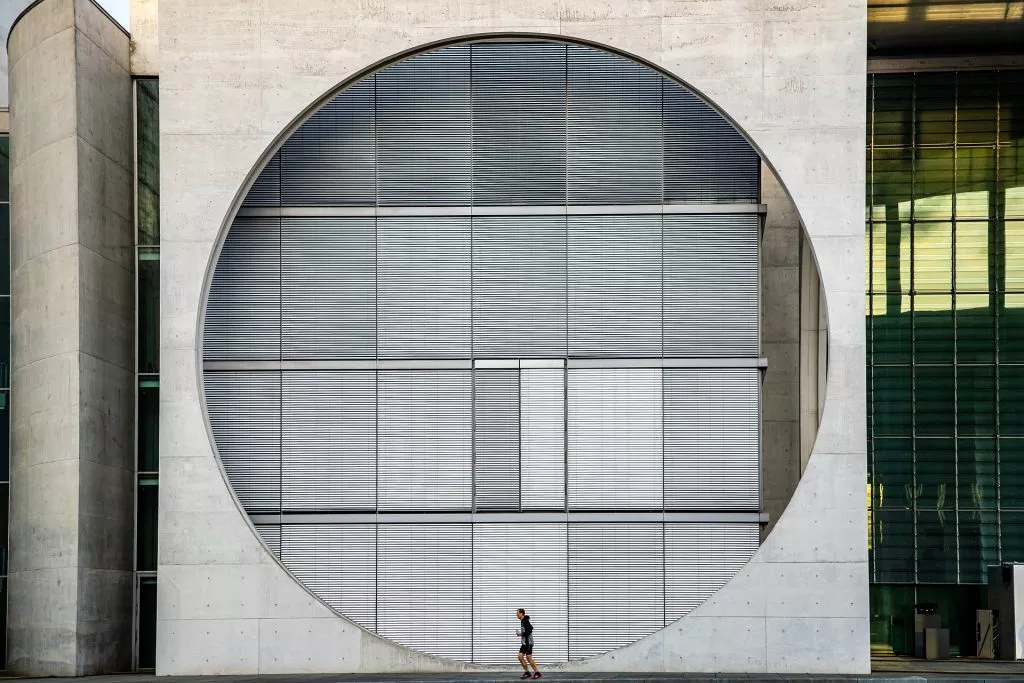What is Spousal Maintenance?

If you’re potentially facing financial hardship as a result of a divorce or the end of a de-facto relationship, our team of lawyers will help you understand your rights around spousal maintenance. Drawing upon 25 years of family law expertise, Rockwell Private Law lawyers will guide you on the ins and outs of spousal maintenance eligibility and obligations.
Spousal Maintenance
The topic of finances frequently escalates relationship tension and causes disputes, particularly when partners have vastly different financial means and expectations. This is especially heightened during divorce or separation, when one partner may be left financially challenged and in need of support from their former partner.
The Family Law Act 1975 (section 75) stipulates that a person has to help maintain a financially disadvantaged former spouse or partner for a reasonable amount of time if they can afford to do so.
So whether you are seeking spousal support or being asked to pay spousal maintenance, a whole host of factors will determine what is fair and reasonable, to ensure each person can maintain an adequate and deserving standard of living post relationship or marriage breakdown.
What is Spousal Maintenance?
Spousal maintenance, or spousal support, is the financial support paid by a former spouse or partner post-separation or divorce to help the other maintain a reasonable standard of living when they are proven to be unable to support themselves. This applies to both hetero and same-sex marriage or de-facto relationships.
Spousal support (known as ‘alimony’ in America but not used as a legal term in Australia) is entirely separate from child support. The window for spousal application needs to be made within 12 months post-divorce or two years after the break up of a de-facto relationship.
How is Spousal Maintenance Calculated?
There are no hard and fast rules nor defined formulas when it comes to calculating spousal maintenance in Australia, as it depends on each couple’s unique circumstances.
Spousal maintenance can be decided by an amicable support agreement, or if more contentious via the legal route and filing a spousal maintenance application through the Family Court of Federal Circuit Court.
The Courts will award an order of maintenance after a close examination of each person’s personal and financial situation in the context of their needs and ability to pay.
The essential two-step criteria require:
- The partner seeking maintenance to prove they are unable to support themselves or have a financial income shortfall in meeting their needs to keep a reasonable lifestyle.
- The partner being asked to pay maintenance can afford to extend financial support without compromising their lifestyle and expenses.
When determining spousal maintenance eligibility and amount, each person is assessed across a wide range of variables such as:
- Their financial state of available funds, income, property, assets, or other resources
- Access to or interest in any trusts or estates
- Age, health, education, employment status
- Earning and employment potential and capacity relative to their physical and mental abilities
- Level of care and control of dependant children of the relationship under 18 years
- Lifestyle (and reasons why maintenance is being sought)
- Relationship status (if entered a new relationship or cohabitation with another)
The evaluation process and court set out to ensure both parties have a reasonable standard of living that is not detrimental to their respective physical or mental state of health.
How is Spousal Maintenance Paid?
Spousal maintenance can be paid in two ways, periodically or in a lump sum. Periodic or recurring payments over a finite period are the most common, as weekly or monthly installments. Under special circumstances, support payments can be indefinite, although this is rare.
These support payments are deemed to cover essential daily living expenses as well as rates, utilities, healthcare expenses, rent, or mortgage payments.
Lump sums, once-off payments, are frequently part of a property settlement or decided where the payor is unable or unlikely to maintain ongoing payments. Sometimes, a lump sum payment is considered most appropriate in assisting towards a big outlay, like a motor vehicle or furniture.
How Long Does Spousal Maintenance Last In Australia?
Depending on each particular case and the former partner’s needs, spousal maintenance is usually awarded as a certain sum of monies to be paid via periodic payments over a specific time. Payments could be ordered until final property settlements have been awarded, or until the applicant has secured employment and regained a reasonable standard of financial security.
Payments, whether fixed for a set term or in some cases for life, can be reassessed or further orders made where either party’s financial or personal situation has changed. The right to spousal maintenance usually ceases if the receiver remarries.
For More Legal Advice Regarding Spousal Maintenance, Book a Consultation With Rockwell Private Law
Breakups and divorce generate major upheaval in one’s way of life and standard of living. Adjusting to being ‘solo’ again, creates a lot of emotional confusion around what is logical, fair, and right, especially without any established prenuptial agreements in place.
Managing out-of-court amicable settlement agreements is ideal. Either way, every couple’s case needs to be dealt with on its merit, so getting expert family law advice from Rockwell Private Law lawyers will help you understand your entitlements and obligations around spousal maintenance to keep you and your life on an even keel.



